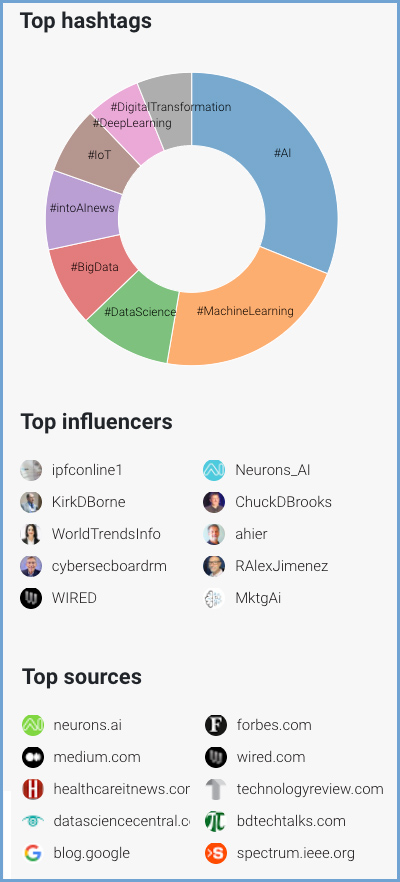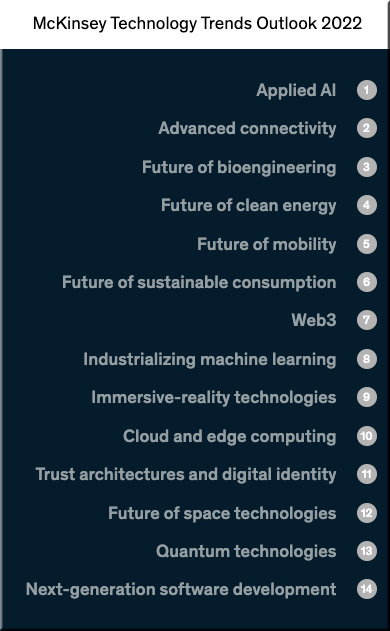Recent Advancements In Artificial Intelligence — from forbes.com by Gaurav Tewari
Excerpts:
As the founder of a technology investment firm, I’ve seen firsthand just how much AI has advanced in such a short period of time. The underlying building blocks of the technology are getting astonishingly better at an exponential rate, far outpacing our expectations. Techniques like deep learning allow us to run complex AI models to solve the most difficult problems. But while those who work in technology-centric careers are aware of AI’s explosive capabilities, the public at large is still largely unaware of the depth of AI’s potential.
Enterprise functions such as marketing, sales, finance and HR are all areas that can utilize new AI-enabled applications; these applications include providing customers with 24/7 financial guidance, predicting and assessing loan risks and collecting and analyzing client data.
Also relevant/see:
What is the Future of Artificial Intelligence? — from thedigitalspeaker.com by Dr. Mark van Rijmenam
Excerpts:
Let’s explore some real-life artificial intelligence applications.
- Using Artificial Intelligence for Navigation
- Marketers Use Artificial Intelligence to Increase Their Efficiency
- The use of Artificial Intelligence in robotics
- Gaming and Artificial Intelligence
- Incorporating Artificial Intelligence into Lifestyles
Artificial intelligence (AI): 7 roles to prioritize now — from enterprisersproject.com by Marc Lewis; with thanks to Mr. Stephen Downes for this resource
Which artificial intelligence (AI) jobs are hottest now? Consider these seven AI/ML roles to prioritize in your organization
While these seven AI roles are critical, finding talent to fill them is difficult. AI, machine learning, and data analytics are new fields, and few people have relevant experience.
This leads us back to the fact: We are dealing with a Great Reallocation of the labor force to an AI/Machine learning, data-driven world.
3 ways AI is scaling helpful technologies worldwide — from blog.google by Jeff Dean
Decades of research have led to today’s rapid progress in AI. Today, we’re announcing three new ways people are poised to benefit.
Excerpts:
- Supporting 1,000 languages with AI
- Empowering creators and artists with AI
- Addressing climate change and health challenges with AI














